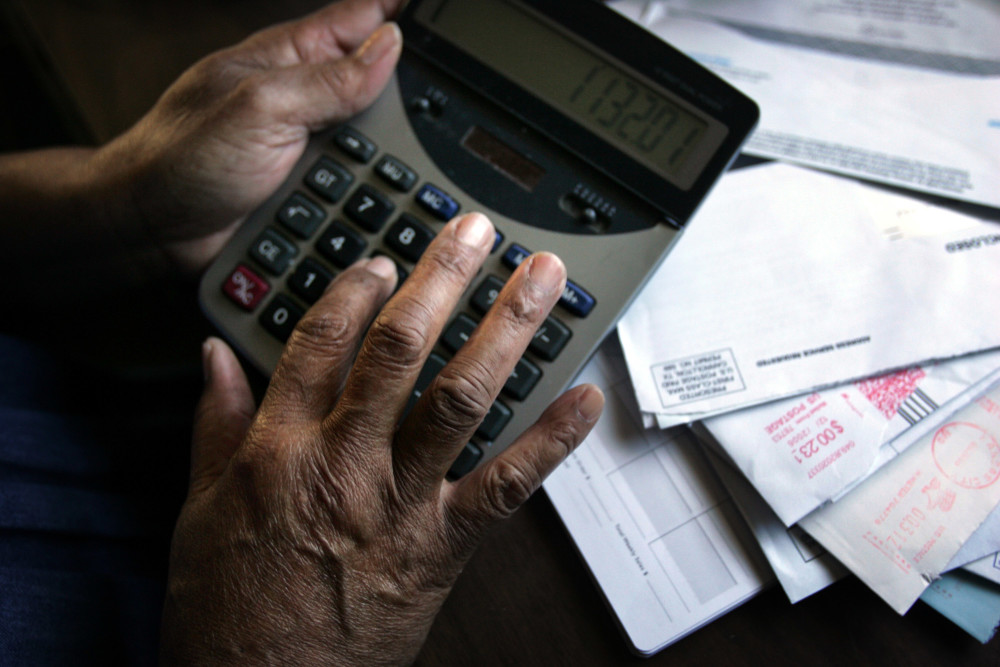By Tim Grant
Pittsburgh Post-Gazette.
For employees who routinely drive to work, buy lunch and can’t get by without a cup of Joe on a daily basis, work-related spending can add up to a tidy sum.
“As a money coach, I talk to scores of people about their monthly budgets, and one of the things I’ve learned is that most individuals, and couples, too, tend to vastly underestimate their living expenses, including the true cost of doing something as basic as going to work each day,” said Lynnette Khalfani Cox, founder of AskThe MoneyCoach.com, based in Mountainside, N.J.
The typical work day is loaded with so many fixed expenses as well as small and insignificant purchases that Accounting Principals, a workplace consulting firm based in Jacksonville, Fla., endeavored to estimate what it described as the “true cost” of holding down a job.
On average, according to their calculations, working Americans spend the most money each week on gasoline/transportation ($67); followed by lunch ($29); and coffee ($10). This suggests that in a given year, Americans are likely to spend $3,484 on gas; $1,508 on lunch and $520 on coffee.
The survey found men are less price-conscious than women when it comes to work-related spending.
Men are more likely to shell out the big bucks for transportation to work, as 15 percent spend more than $100 a week, compared to only 4 percent of women. Men also spend more on lunch, where they are much more likely than women to spend between $21 and $40 per week (42 percent versus 24 percent).
Ms. Cox believes even if most workers know how much they spend each month on gasoline commuting to work, most are hard pressed for details on exactly how much having a car really costs on a monthly basis.
“After all, it not just about gas when you have to drive back and forth to work on a daily basis,” Ms. Cox said. “It’s also about parking fees, tolls and routine care like oil changes — not to mention car inspections and depreciation on your vehicle. All these costs can really add up, so it’s important to have a realistic picture of your spending.”
Besides, she said, getting to work is just part of the financial battle. There are other costs to factor into the actual cost of working.
“If you have young kids or even school-aged children, what about daycare expenses or aftercare school costs you may be paying just so you can have your kids someplace safe while you work?”
Also, many professionals — such as lawyers, salespersons or executives — feel like they have to “look the part” at work. These people tend to drive fancier cars or buy higher-priced clothes, designer goods, jewelry and accessories to project a certain image to clients as well as higher-ups in management.
Then there’s always the pot luck events or special going-away parties for retirees, holiday gift exchanges, Girl Scout cookies, etc.
“All of these costs may seem like the price of going to work and, to a certain extent, they are,” Ms. Cox said. “But I would caution people against automatically buying into the concept that they absolutely must spend money they are doling out in some areas. That simply isn’t true.
“The point is to be budget conscious about your work-related costs because every dollar you spend just to get to the job or perform there, is taking away funds from other goals you might want to achieve, such as saving more money or better planning for retirement.”














































































































































































































































































































































































